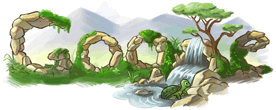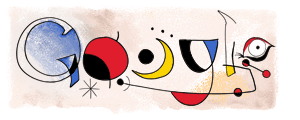In 2003, Konfabulator, a startup, released a paid software that consisted of cool standalone applets that did all sorts of stuff from telling the time, to monitoring stock market prices, to displaying your calendar. Mid-2005, Yahoo acquired the startup, and then offered Konfabulator as freeware, both for Mac OS X and Windows. They call it now widgets. In 2006, Google introduced Google gadgets, a precursor has been the side panels in the Google Desktop.
Google Gadgets are interactive mini-applications that can be placed anywhere on your desktop or on your iGoogle page to show you new email, weather, photos and personalized news. Other gadgets include the clock, calendar, scratch pad, todo list and many more. Google Gadgets are made by users that offer cool and dynamic content and can be placed also on any page on the web.
All Desktop gadgets use the Gadget API. They can also use core JavaScript features and the XMLHttpRequest class. Windows-only Desktop gadgets can include native Windows libraries and use selected Search APIs to take advantage of Google Desktop search features.
Google offers a Desktop SDK that has everything you need to write Google Gadgets and to integrate desktop searching into your applications. A development forum, a FAQ webpage and a hall of fame are available to provide valuable feedback on creating gadgets.
Google gadgets can also been used in Lively, a 3D virtual experience that is the newest addition to Google Labs and that was released as beta on July 10th, 2008. Lively gadgets provide rich media and interaction capabilities to users.
A great site for gadgets, widgets and SEO is Seoish, run by Patrick Sexton alias Feedthebot.





